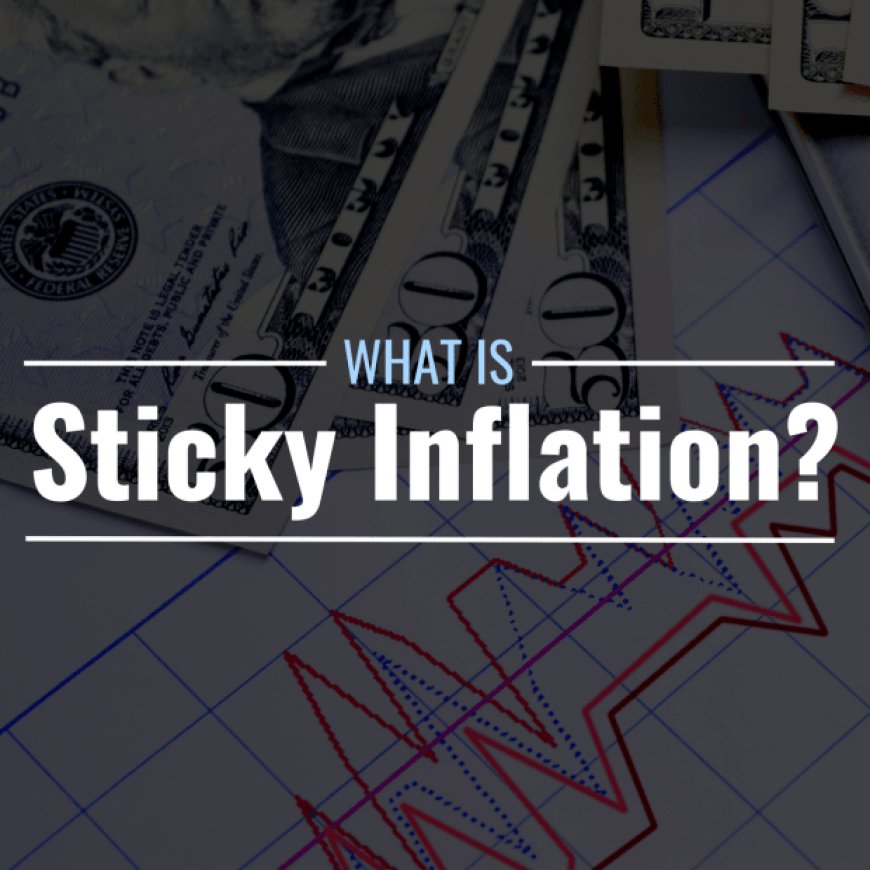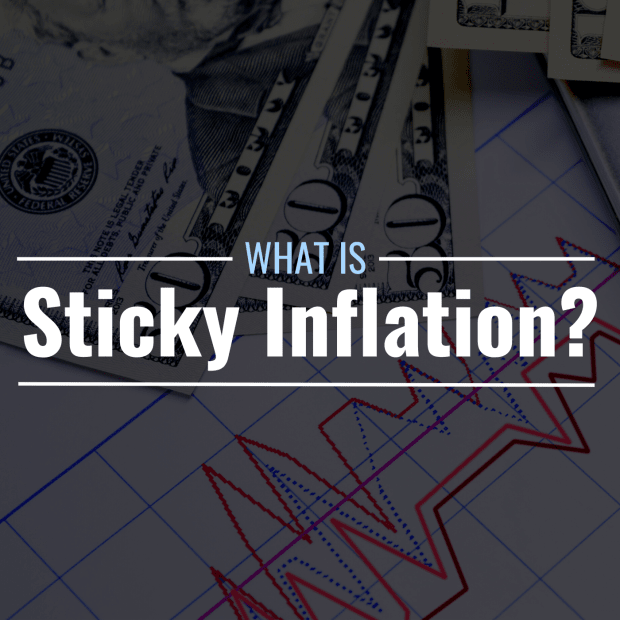What Is Sticky Inflation? Definition, Measurement & Example
What Is Sticky Inflation?Inflation that is no longer transitory and continues to advance is considered “sticky.” It’s a phenomenon characterized by ongoing increases in consumer prices and wages. When sticky inflation continues for long enough, it may be characterized as persistent inflation. In ...


What Is Sticky Inflation?
Inflation that is no longer transitory and continues to advance is considered “sticky.” It’s a phenomenon characterized by ongoing increases in consumer prices and wages. When sticky inflation continues for long enough, it may be characterized as persistent inflation.
In economic terms, sticky inflation refers to wages and consumer prices that don’t respond quickly to changes in demand. It’s typically referred to as a part of Keynesian economic theory, which focuses on aggregate demand fueling an economy. In general, prices for goods or services that don’t appear to be coming down anytime soon are considered sticky.
What Causes Sticky Inflation?
Rising wages and prices for consumer goods and services are typically the main factors behind inflation stickiness. Prices for medical services, education, and housing are some of the most important factors that can contribute to sticky inflation. For example, before the COVID-19 pandemic, rent prices tended to change slowly and infrequently, but as restrictions eased and housing demand picked up, landlords raised rent prices significantly in 2022 and 2023.
What Is the Sticky-Price CPI?
The Federal Reserve Bank of Atlanta, one of 12 district banks of the Federal Reserve, tracks certain items that change in price relatively slowly using a tool called the Sticky-Price Consumer Price Index, which is based on components in the CPI. The goods and services included in the sticky-price index are those that tend to change slowly and in smaller-than average increments, including personal care products, alcoholic beverages, public transportation, household insurance, and rent of primary residence.
On the flipside, there is the Flexible CPI (also tracked by the Atlanta Fed), which tracks items whose prices tend to change more frequently and by larger amounts.
When Is the Sticky-Price CPI Released?
The Atlanta Fed releases its sticky-price CPI at 11 a.m. on the same day of the release of the Consumer Price Index. Just like with the CPI, the Atlanta Fed releases a core sticky-price CPI that excludes food and energy prices.
Example of Sticky Inflation
During the COVID-19 pandemic, some economists initially believed that inflation would be transitory.
Below is a graph of the annualized Sticky-Price CPI, compared to the Flexible CPI. The data show that sticky prices climbed steadily from 2021 to mid-2023, whereas flexible prices changed more often. Some economists point to an increase in wages—which in turn pushed up prices for goods and services—as a reason for inflation to be sticky.
For example, a shortage of nurses raised salaries in the profession during this timeframe, which contributed to rising medical care costs. In another example, fewer construction workers led to higher construction prices for buildings.
How Long Does Sticky Inflation Last?
Some economists view sticky inflation as inflation that lasts for a while—typically years rather than months. When inflation is no longer transitory and continues to be on the increase, it is considered sticky and may be considered persistent.
How Does Sticky Inflation Affect the Economy?
Sticky inflation can have an impact on monetary policy, which directly affects the economy. The Fed maintains a mandate to keep inflation low, and sticky inflation can push monetary authorities to tighten policy and raise interest rates.
What's Your Reaction?



























































